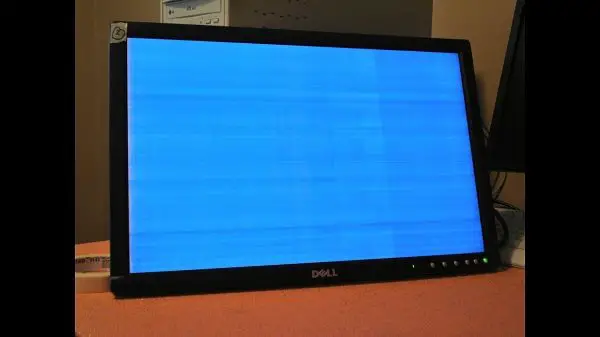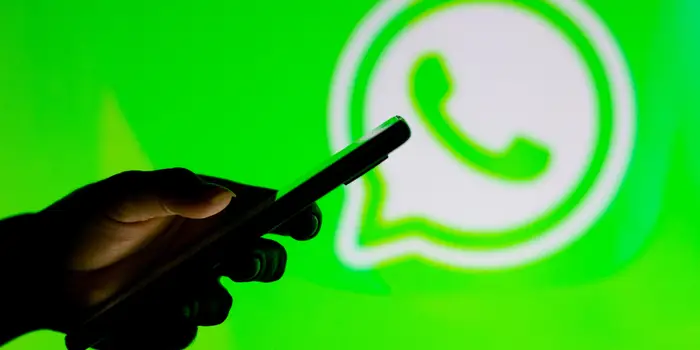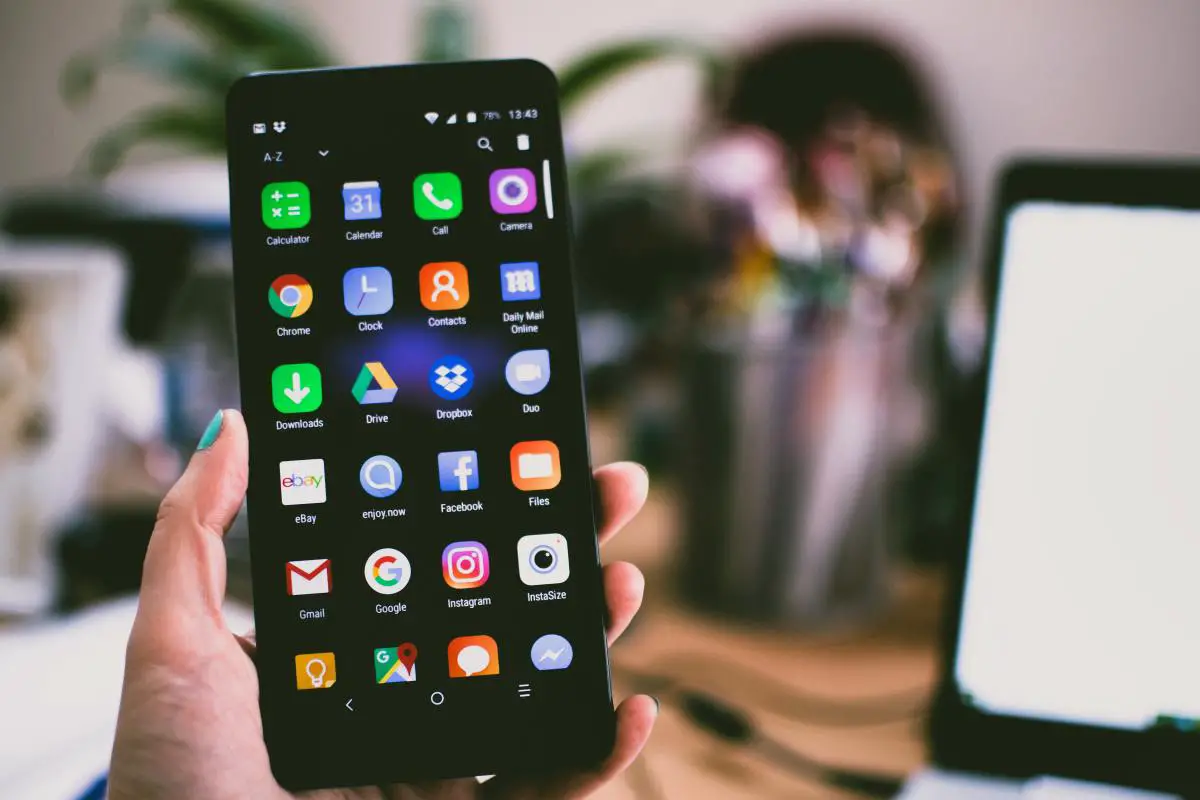As you all know, the monitor is the most crucial output component of a computer. Monitor gives us the visual experience from a PC, and it makes everything awesome. We can’t even imagine a PC without a monitor. It should be in an excellent working condition and not an outdated model to give us the best experience out of a computing device. However, LCD monitors are one of the first components that get damaged in a newly assembled PC. Here are the tips to Troubleshoot Problematic LCD Monitor Failures.
Troubleshoot Problematic LCD monitor failures
Computer screens are very prone to everyday situations such as overheat, dust, water presence, liquid damage, electronic issues, etc. Monitors show different symptoms when it goes into trouble. So it is easy to identify the problem of an LCD monitor in case it is in trouble. This article discusses the common symptoms and troubleshooting methods for an LCD monitor.
- Stuttering or Flickering
- Broken pixels and Stuck pixels
- Cracks and Blotches
- Buzzing sound and low brightness
1] Stuttering or Flickering
It is considered as the most common issue in a screen. There are multiple reasons which cause your computer monitor to flicker or stutter during usage. It can vary from a faulty or loose display cable to a complicated board issue.

- At a first try, check your cables and make sure they are tightly connected. Also, make sure that the retention screws are completely tightened.
- Try with different working cables. If it works, replace your cables first.
- The incorrect refresh rate is another culprit for display flickering. Mainly, all LCD monitors use either 59 or 60 hertz, but 75Hz, 120Hz, and 144Hz are also found on some premium monitors. Go to Display settings > Display adapter properties > Monitor and adjust the refresh rate.
- At a final resort, try to use your monitor in a different power plug. If it doesn’t work, bring it to the service center.
2] Broken pixels and Stuck pixels
A dead pixel is the second most common LCD screen issue. You will see a black spot on your screen which has no light. It means that the pixel at that point is damaged or not working. Sometimes, it can be a dead pixel or stuck pixel. You can do some troubleshooting steps before taking it to the service center. Dead pixels are often unrecoverable, but give it a try. The chances for it to be a stuck pixel are very high.
![]()
- Try to apply a small amount of pressure to the pixel when turning the display on or off. It can sometimes stimulate that portion’s electricity passage and save the stuck pixel.
- There is plenty of display fixing software available for Windows PCs and Macs. They display quick-changing patterns on the screen. It will rapidly switch the pixels on and off.
- You can’t do much troubleshooting steps on a dead pixel screen. Some manufacturers offer free replacement for your screen under warranty. However, they still hesitate to replace a screen which has just one broken pixel.
3] Cracks and Blotches
This happens as the worse situation. If you see an extensive discolored area and a visible crack on your screen, you are the unluckiest person. You have no other solutions here. Manufactures don’t offer any free replacements or repairs for this kind of issues.

Because mostly these issues are caused by an accident or drop-down. It is considered as physical damage, and you will have to buy a new one. The replacement LCD panel will be almost as expensive as a new monitor, so that’s the ultimate solution.
4] Buzzing sound and low brightness
Sometimes you may hear a minimal buzzing sound from your monitor. Also, you will experience an uncommon low brightness in your monitor. All these symptoms indicate the issues related to the backlight of your monitor. The backlight issues are mostly found in LCD monitors only because the newer models use LED backlights. You can avoid the buzzing sound by adjusting the brightness accordingly. However, repairing the backlight is the ultimate solution for a very low bright screen.
5] Random Power-offs
It can happen if you are using your PC in a dusty atmosphere. Dust particles cause electricity blockage to various components of your PC and create this kind of issues to your monitor. Dust in the power cable can also cause this issue. Clean the wires and plugs properly to fix this. However, it isn’t always the dust; it can happen due to the faulty or incorrectly plugged power cables. Try replacing cables and changing the plugs. It is not a significant issue.
So these are the most common issues that affect the LCD monitors. Try all the troubleshooting tips mentioned above before taking it to the service center. If nothing works, your ultimate solution is visiting your nearest service station. Good luck.
Check out our other troubleshooting articles:








